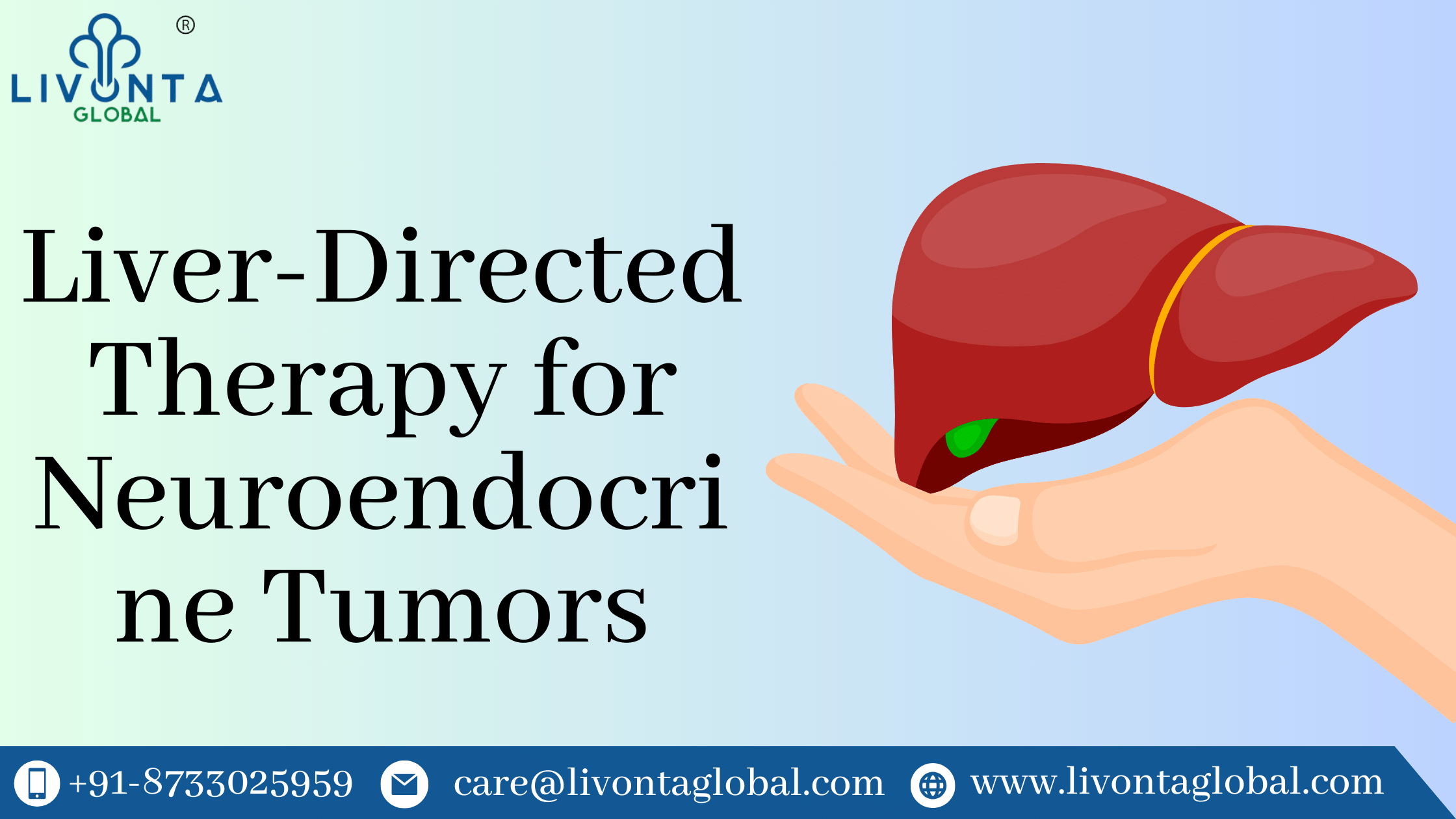
Liver-Directed Therapy for Neuroendocrine Tumors
A rare kind of liver cancer called neuroendocrine liver cancer arises in neuroendocrine cells. Only 200 examples of neuroendocrine tumors with liver origins have ever been documented. The digestive or respiratory tracts are the primary sites of dissemination for the majority of neuroendocrine liver tumors. In case of such a rare incident, you need to reach out to the best liver doctor in India.
What is neuroendocrine liver cancer?
Neuroendocrine cells are the source of neuroendocrine tumors. In reaction to electrical signals sent by nerves, these unique cells generate hormones. While they are found all over your body, they are more prevalent in the lungs and digestive system. It is extremely uncommon for neuroendocrine carcinoma to begin in the liver, and little is known about the best ways to treat it. The cancer typically takes time to grow and isn’t diagnosed until a late stage. You need to reach out to the top liver hospital in India in case there is any diagnosis. Neuroendocrine liver cancer combined with hepatocellular carcinoma has been described in a small number of cases. The most typical kind of liver cancer is called hepatocellular carcinoma.
Most cases of neuroendocrine liver cancer spread via your gastrointestinal or respiratory tract. Between 27-90%Trusted Source of neuroendocrine tumors that arise in other places spread to the liver.
What Is Liver-Directed Therapy for Neuroendocrine Tumors?
- NETs usually develop slowly, but they have the potential to develop into cancer and spread. Many patients experience NET metastases in the liver, which can arise from a variety of primary tumors:
- Lung NETs, pancreatic NETs, and gastrointestinal NETs are the most frequent types.
- Paraganglioma
- Pheochromocytoma
- When a NET is diagnosed, metastatic liver disease may already be present. However, cancer can also move to the liver while undergoing treatment or come back there years after receiving successful treatment. While some people only encounter one or a few metastases, others have widespread liver disease.
Ablation for NET Liver Metastases
With ablation therapy, medical professionals can give therapeutic energy to metastatic liver cancers using tiny needles. Cryoablation is one technique for freezing malignant cells. Microwave ablation (MWA), another method, warms them. Whole tumors are reliably removed via ablation. Sometimes it offers a surgical substitute. Additionally, we can combine it with surgery, eliminating the tumors we can and freezing or heating the ones that are more difficult to access.
Ablation has its limitations:
Only a few small tumors, typically less than three centimeters, are necessary for it to be effective. Otherwise, the liver has too many holes as a result of the procedure.
Imaging is required so that doctors can spot the tumors and have a clear path to them. Because there is a chance that the tumors would harm good tissue, they cannot be located too close to the liver’s most important organs or on the surface near other organs.
Embolization of Liver Metastases From NETs
Catheters are inserted into the blood arteries supplying liver tumors during embolization. To direct them to the proper location, they employ imaging. Even hormone-related symptoms can be relieved with embolization. Additionally, it typically reduces liver cancers by around two-thirds. Before more treatment is required, this effect could endure for several years.
Bland Embolization Vs. Chemoembolization
- Hepatic artery branches supply the majority of the blood that liver metastases require to survive and progress. There are two different therapy options:
- Bland embolization, also known as transarterial embolization (TAE), involves putting various materials into the branch.
- Chemoembolization, also referred to as transarterial chemoembolization (TACE), is a procedure that seals the branch before adding chemotherapy. The medications are directed away from healthy liver tissue and toward the tumor by the closure.
- Because of the abrupt alterations to the liver, embolization that blocks an artery branch does have side effects despite being quick-acting and efficient. The procedures frequently result in post-embolization syndrome, a transient illness characterized by symptoms similar to the flu.
Tags: Liver-Directed Therapy

